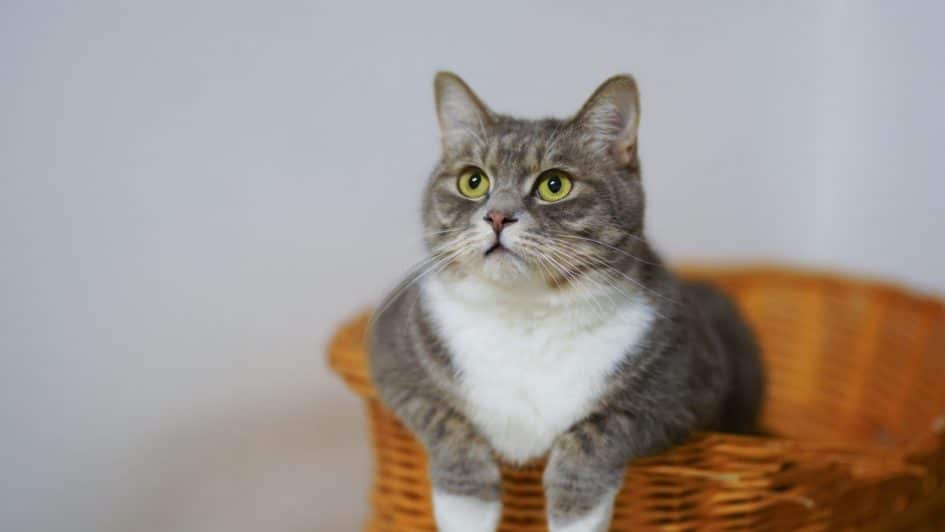

Cat Love Bites: What Should Pet Parents Know About Them?
If you’re a new pet owner, everything you know about caring for your cat might be from reading blogs for pets, and you might not have experienced a pet biting you before. Don’t worry, though—if the bite didn’t draw blood, that was probably a “cat love bite.” Here is what you need to know about them.
Picture this: one moment, you’re sitting on your couch, gently petting your cat; the next, you’re yelping because he or she started nipping at your hand. If you’re a new pet owner, everything you know about caring for your cat might be from reading blogs for pets, and you might not have experienced a pet biting you before. Don’t worry, though—if the bite didn’t draw blood, that was probably a “cat love bite.” Here is what you need to know about them.
What Is (and Isn’t) a Cat Love Bite?
Cat love bites are petting-induced aggression and do not have the same intensity as biting from fear, territorial behavior, or defensiveness. A cat love bite doesn’t usually break the skin. It starts with licking but gradually becomes more intense and reaches the point you might feel your cat’s teeth on you.
Another sign that your cat isn’t angry is if there are no other signs of aggression like clawing or hissing. Your cat’s body language should also be relaxed, though they might tense up before they bite. You can visit blogs for pets and read about other signs of hostility in cats so that you can identify aggressive behavior better.
Why Does a Cat Engage In Love Biting?
Let us—pardon the pun—nip one thing in the bud: love bites are not a sign of affection. Instead, they signal that the cat is done with the interaction and doesn’t want to keep getting petted. If you continue with the petting despite this signal, they might escalate to an actual bite. Many cats dislike overstimulation, so it’s best to pay attention to love bites.
A cat love bite can also be unintentional. If your cat has been licking for a certain period, they might use their teeth to get deeper into what they are grooming. Also, cats have varying dispositions toward petting—some cats like getting rubs all over. Some don’t like humans touching their bellies or their tails, while others don’t want to be pet at all.
How Do I Respond to a Cat Love Bite?
If you study your cat’s body language, you will learn how to react appropriately and prevent serious swipes. If your cat’s ears or tail twitches, ease up on the petting. These are signs of discomfort. Also, adapt your petting to the cat’s comfort levels. For example, if the cat starts to bite after ten strokes, stop at nine.
Keep the petting sessions brief as well, and always pause to see if the cat is still receptive to the attention. Invite the cat to interact instead of approaching it. Refrain from approaching a sleeping or resting cat first. Also, focus on petting under the chin, around the ears, and on other places that most cats enjoy, instead of near their tails or bellies.
Don’t react negatively if they give you a love bite. Don’t shake, scruff, or startle the cat in any way. It could cause them to respond with real aggression. If the bite breaks the skin, you should wash the wound as soon as possible. Look for pain, redness, or swelling, and observe if it spreads. See your doctor or a walk-in clinic if you observe symptoms.
Conclusion
Love biting is common among cats, and when a cat bites you in this way, they are signaling that they want the interaction to end. Paying attention to your cat’s body language, knowing the signs of actual aggression, and adapting to their preferences will prevent accidents.
Keep reading The Pets People for practical advice and training tips for your pets. Our articles for pets covers various aspects of being a fur parent—keep reading our articles to discover more valuable content!
Discover how to create a joyful, healthy home for your pet.
Subscribe to your weekly rundown of practice, real life ideas and training tips straight to your inbox.


